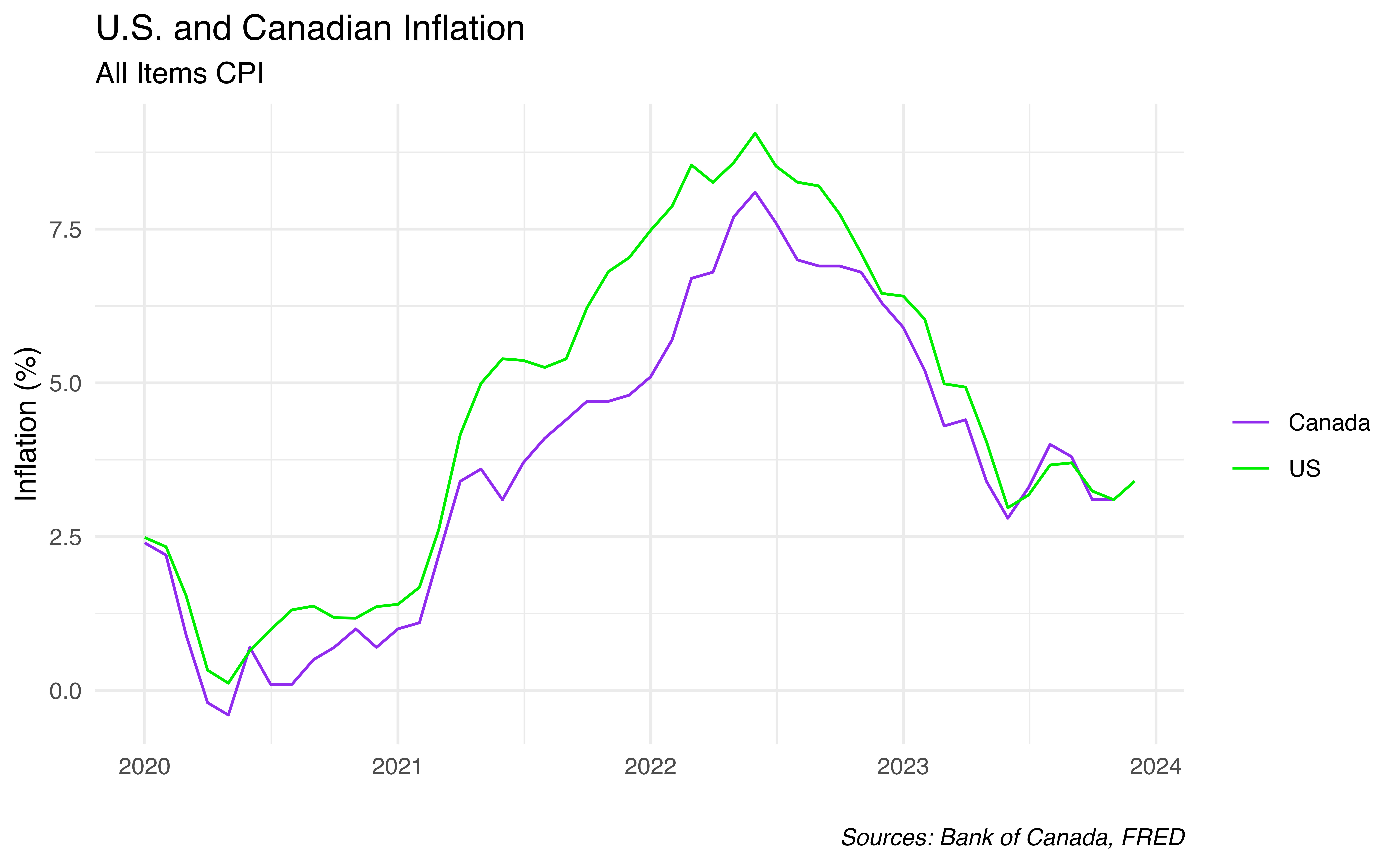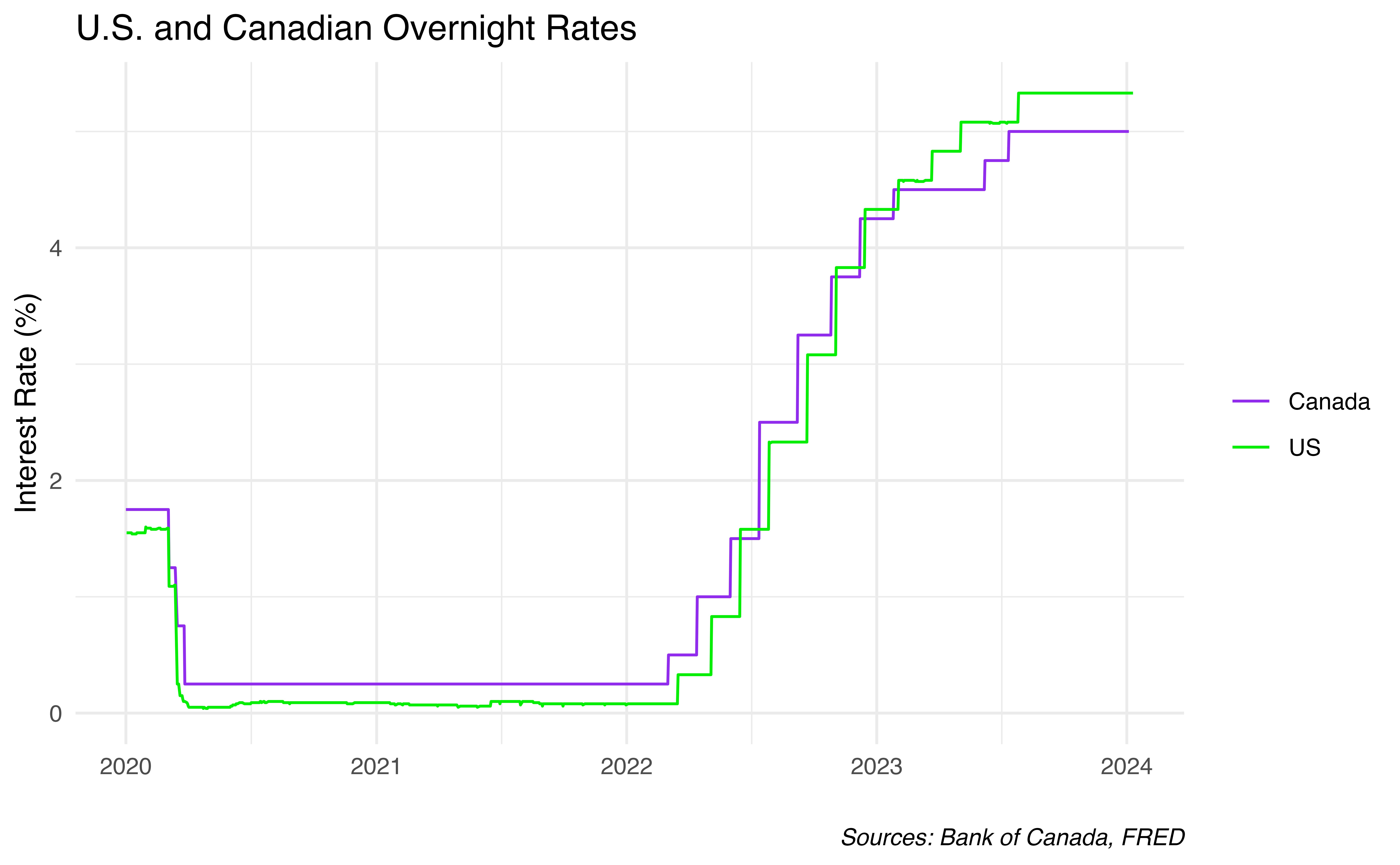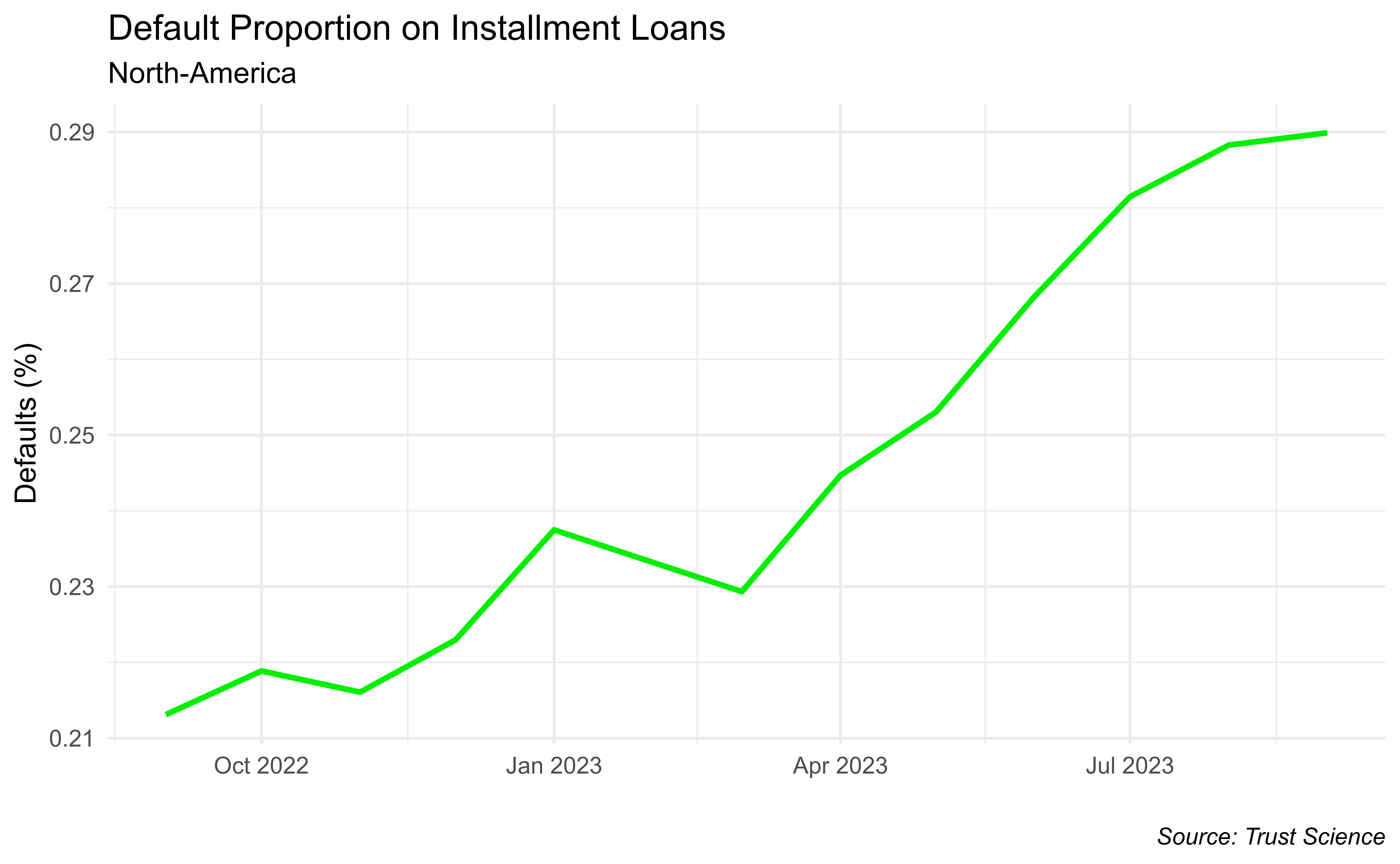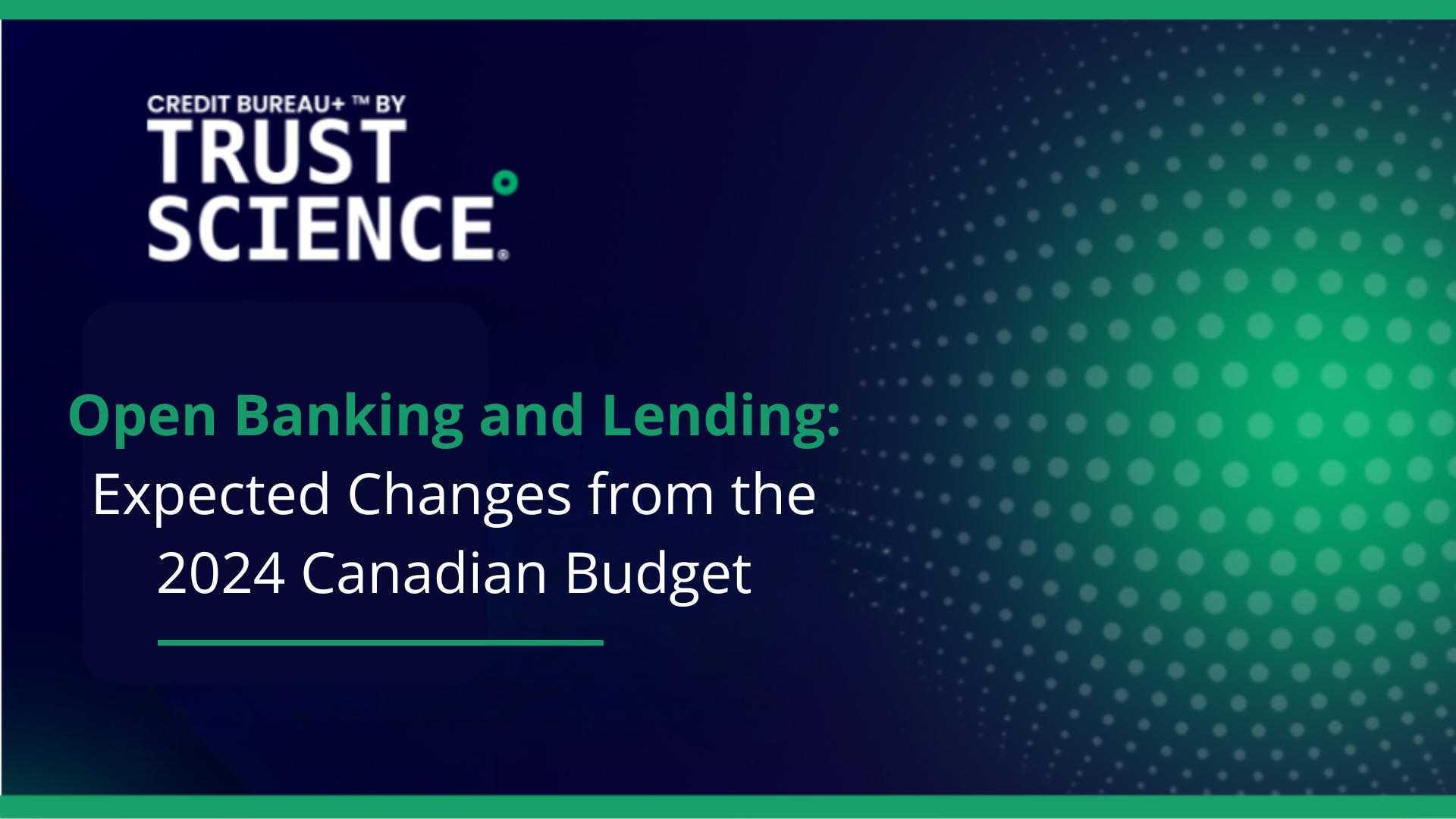Softening Inflation
Through the latter half of 2023, the North American economy finally began to see the light at the end of the inflationary tunnel. The latest CPI data from December show that overall inflation, despite a slight uptick with higher housing and energy costs, is nearing the Fed target at 3.4 percent over the past year. This is a notable improvement from the 9.1 percent inflation peak in the summer of 2022 (Fig 1).
Traders in the financial markets seem to be eager for a rate cut as soon as this quarter. According to Reuters, the interest rate futures market implied a 65 percent probability of a rate cut in March, with more in the following quarter. That said, there is still no definite sign that the Fed is ready to ease rates. Federal Reserve Chairman Powell stated that the committee “is moving forward carefully” and discouraged the current speculations. In Canada, it is anticipated that comparable rate reductions will occur by the second quarter of 2024. However, National Bank of Canada CEO Laurent Ferreira cautions that such measures would be premature, in light of imminent geopolitical risks and high food prices.
Subprime Lenders and Borrowers Feeling Rate Hikes
While residential mortgage delinquencies have shown little change in response to hawkish monetary policy thus far, subprime borrowers and lenders in the installment and auto space have fared worse. Installment loan portfolios tracked by Trust Science show that subprime borrowers are struggling to meet debt obligations with higher interest rates and elevated costs of living. Default rates in the subprime installment sector rose to 29% in Q3 of 2023, representing a 31.8% relative increase over the previous year.
Meanwhile, in the auto lending space, higher interest rates have driven subprime delinquencies to a 30 year high over Q4 of 2023. These default rates are seemingly a continuation of trends observed within subprime auto loan portfolios tracked by Trust Science; in Q3 2023, default rates across the quarter rose a staggering 70.7% relative to Q3 2022 rates.
Outlook for the New Year
With rate cuts likely in 2024, it is worth monitoring the extent to which future monetary policy will impact subprime borrowers and lenders. Rate hikes and cuts generally have a ‘lagging’ effect on average interest payments and default rates in the consumer lending space, leaving future relief uncertain in the near term. That all said, monetary policy sentiment and recent CPI figures can certainly be viewed as a source of optimism, but persistent uncertainty and volatility may continue to pose a challenge for more aggressive lenders moving forward.
Fig 1.
Fig 2.
Fig 3.








